Are Intumescent Firestop Collars Necessary?
Testing Tells the Tale
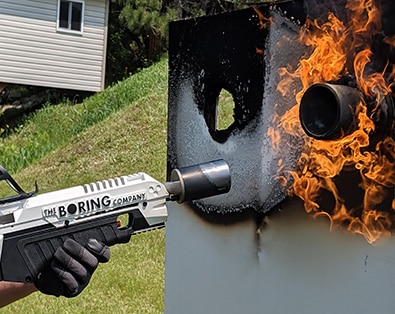
As a home inspector, when I inspect the wall and ceiling that separates a garage from a home’s living space, I’m looking at fire safety. If a fire starts in the garage, it shouldn’t quickly spread to the inside of the house. One of the things I look for while inspecting this wall is an intumescent firestop collar for any plastic pipes that penetrate the wall, such as a radon vent, DWV pipes, a central vacuum pipe or gas vent pipes.
A fire could quickly burn through a thin pipe that penetrates the fire separation wall, but an intumescent firestop collar would seal up that hole, preventing the fire from getting through.
Intumescent: What does that mean?
Intumescent:
in·tu·mes·cent /ˌint(y)ōōˈmes(ə)nt/
adjective: (of a coating or sealant) swelling up when heated, thus protecting the material underneath or sealing a gap in the event of a fire
Whether an intumescent firestop collar is required by code isn’t clear. The 2018 version of the International Residential Code (IRC) says that an approved material needs to be used around pipes (see R302.5.3, which points to R302.11, Item 4).
What I do know, however, is that a firestop collar is the generally accepted standard installation method throughout Minnesota, the state in which I live and work. Some home inspectors choose to familiarize themselves with building codes, while others prefer to say “that’s not my job” or disapprove of home inspectors who reference building codes. No matter which camp you’re in, I think it’s safe to say that inspectors should be familiar with the proper installation requirements for these devices.
When a plastic pipe penetrates a house or a garage wall, I look for a firestop collar (Photo 1).
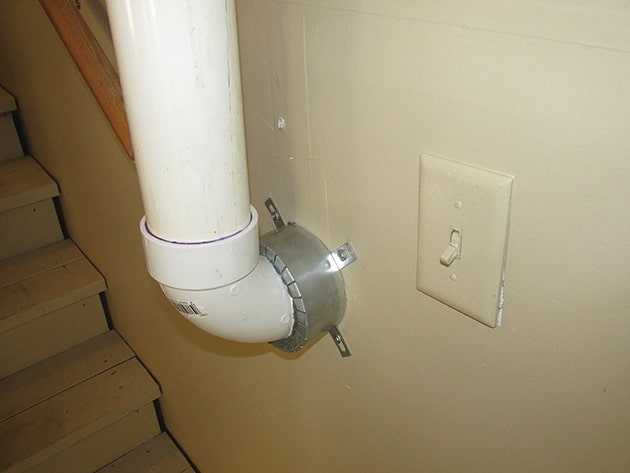
I shared Photo 1 some time ago on my business Facebook page, thinking it looked like a proper installation. Little did I know at the time that it wasn’t a proper installation. In fact, I didn’t even know that this firestop collar was improperly installed until I was halfway through testing a bunch of firestop collars with a flamethrower.
Read on. I’ll explain what’s wrong here.
Flamethrower Testing
While having a discussion about firestop collars with some other home inspectors on my team, we questioned the use of intumescent firestop foam. Foam is a lot cheaper, easier to find and easier to use. We wondered: Would foam be an acceptable substitute for a collar?
There was only one way to find out and two inspectors on my team, Joe and Matt, were willing to help me. Together, we tested several firestop collars using the Boring Company’s flamethrower (dubbed Not a Flamethrower to help skirt some rules about flamethrowers). The testing was fun and enlightening (Photo 2).
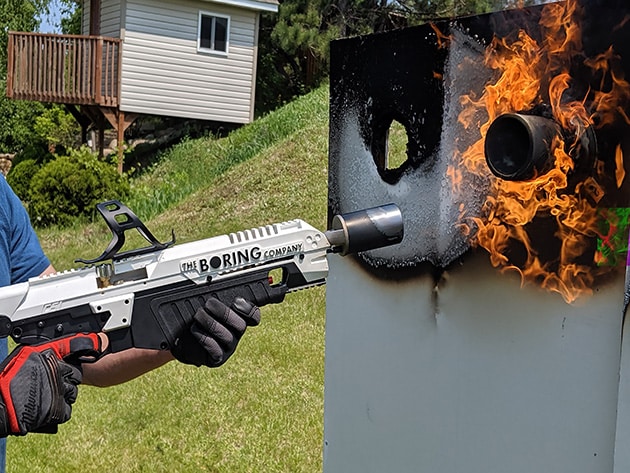

We began our firestop testing by building a wall to simulate the wall between a house and garage. Photo 3 shows the back of the wall.
For the first test, we burned a PVC pipe held in place with Great Stuff Fireblock foam. We tested this first because we wanted to give the foam time to set, so we foamed the pipe in place the day before testing. It took a little less than seven minutes for the pipe to fall out of the wall and leave a hole through which that fire would quickly spread (Photos 4 and 5).
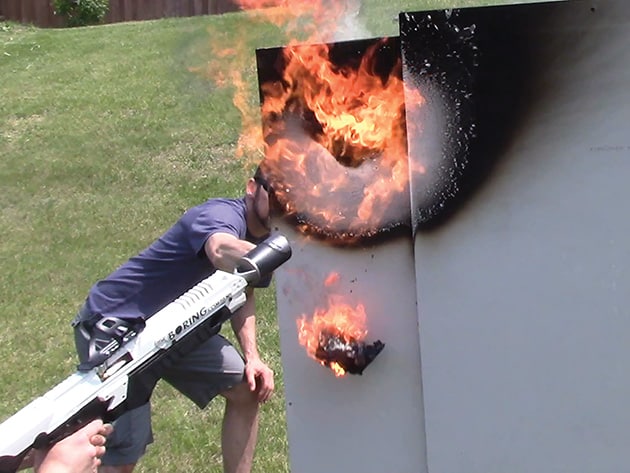
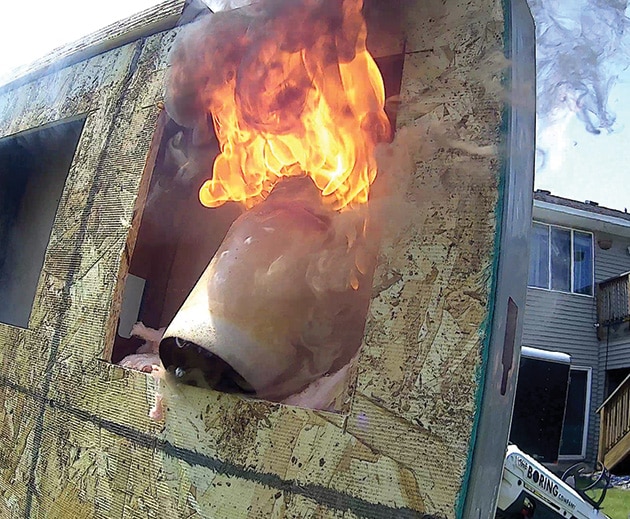
For our second test, we used PVC by itself. It took about six minutes for major flames to start coming through the pipe and we stopped the test there (Photo 6).
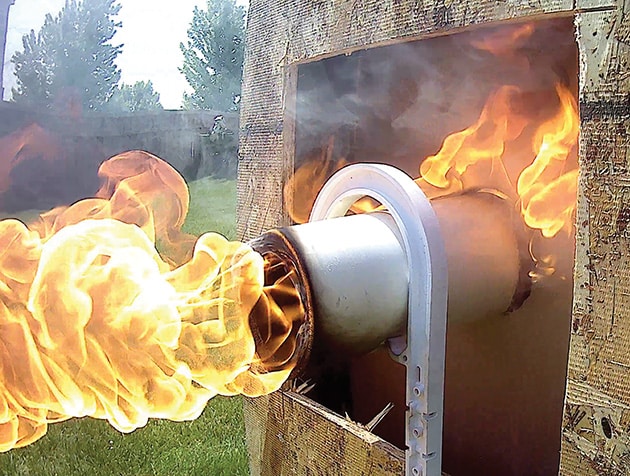
For our third test, we used an intumescent firestop collar, donated by our very own Patrick at Radon Stoppers (Photo 7).
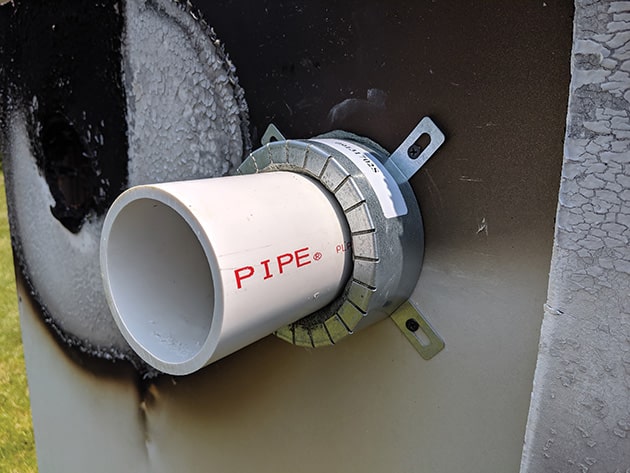
The only problem with Test 3 was that we didn’t install the collar properly. Had we taken the time to look up the installation instructions, we would have realized this, but we surely wouldn’t have appreciated the importance of doing it right. Sometimes, it takes a major failure to help you appreciate the importance of doing things right. That’s what happened here.
When we took the flamethrower to this pipe, the firestop collar expanded like crazy and easily pushed itself right off the wall. The expanding foam exerts a tremendous amount of pressure against the wall and it took nothing to push itself off the wall. That’s because we only used drywall screws to hold it in place. The foam expanded and expanded, but it just turned into a big ball of goo (Photo 8). This definitely wasn’t the result we were looking for.
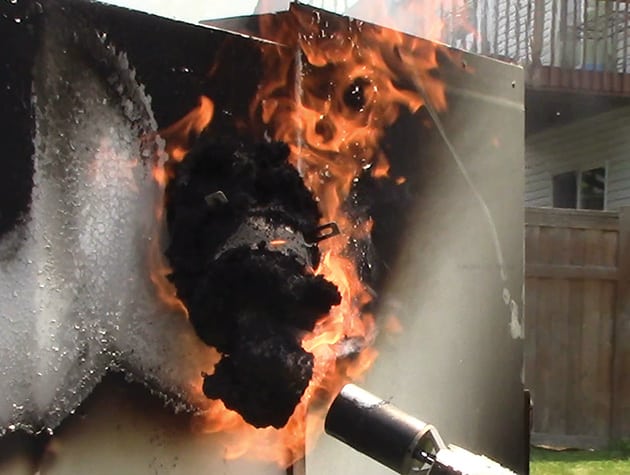
Installation Instructions Matter
For our unplanned fourth test, we read the installation instructions for firestop collars. There wasn’t much there, except for some very specific instructions about which fasteners to use.
GYPSUM BOARD WALLS or CEILINGS: 1/8 inch diameter steel molly bolts or toggle bolts with 1-inch (25 mm) steel fender washers.
WOOD SURFACES: #8 steel wood screws with 1-inch (25 mm) steel fender washers. See appropriate UL System for Alternate Fastener types and sizes.
Duh! That makes a lot of sense. As the foam expands against the wall, it wants to pull away. All of the pressure needs to be exerted against the pipe instead, which is what will close off the pipe.
We followed the instructions (almost) for the final test by using machine screws, nuts and washers (Photos 9 and 10). The results were dramatically different. The firestop collar stayed right in place and the foam expanded so much that the pipe was sealed shut.
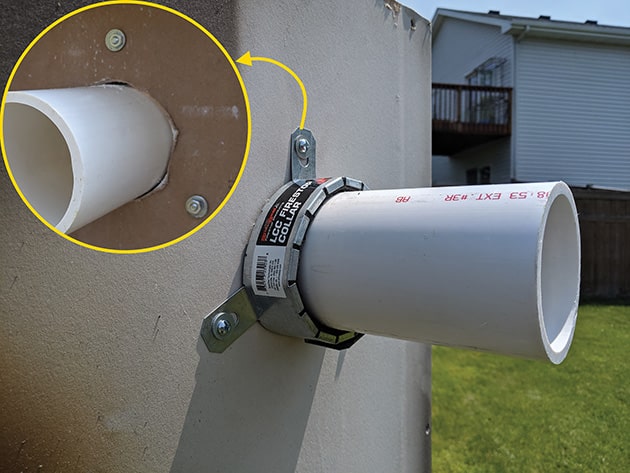
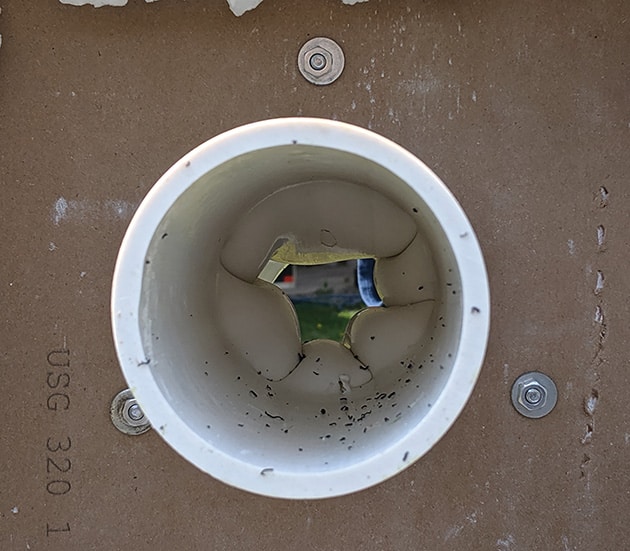
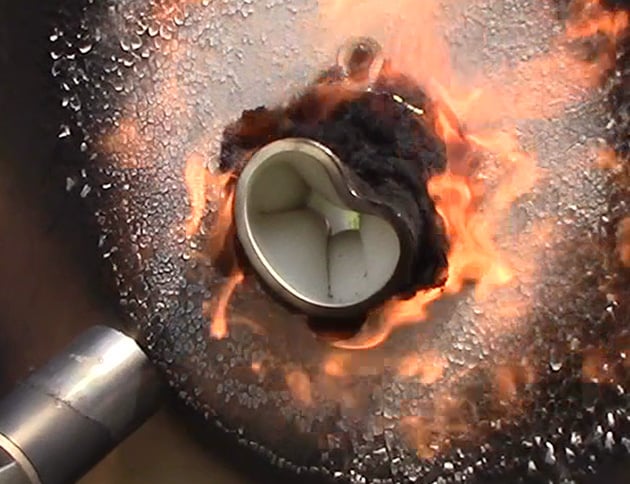
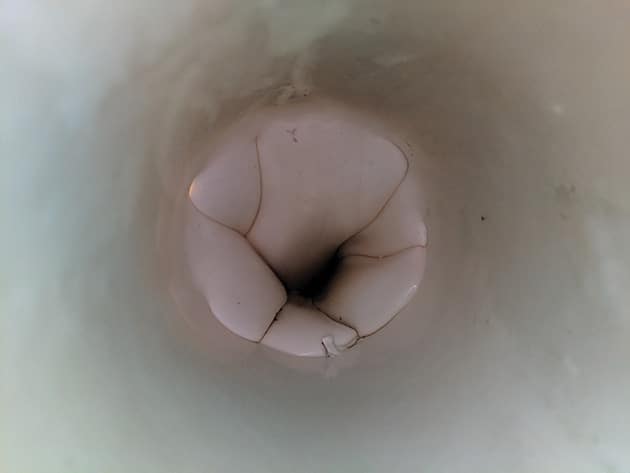
Pretty cool, huh? I saved the hunk of sealed-off PVC and now I pass it around at educational seminars for home inspectors.
If you’d like to see a fun, highly edited video of all of our testing, check out it out here.
Conclusion
Intumescent firestop collars do exactly what they’re supposed to do, provided they’re installed correctly. Firestop collars installed with just drywall screws are worthless (Photo 13).

In the future, when I find firestop collars installed with the wrong screws, I’ll recommend having this corrected. It’s not a big deal to replace drywall screws with toggle bolts.
To Read the Full Article
ASHI offers its members unparalleled resources to advance their careers. ASHI offers training for inspectors at all levels of knowledge and experience, including resources about all major home systems. Members benefit from a vast network of experienced professionals, providing a community for mentorship and knowledge sharing..
In this Issue

FIND A HOME
INSPECTOR
Professional Networking
Grow your professional network, find a mentor, network with the best, and best part of the community that’s making home inspection better every day.
